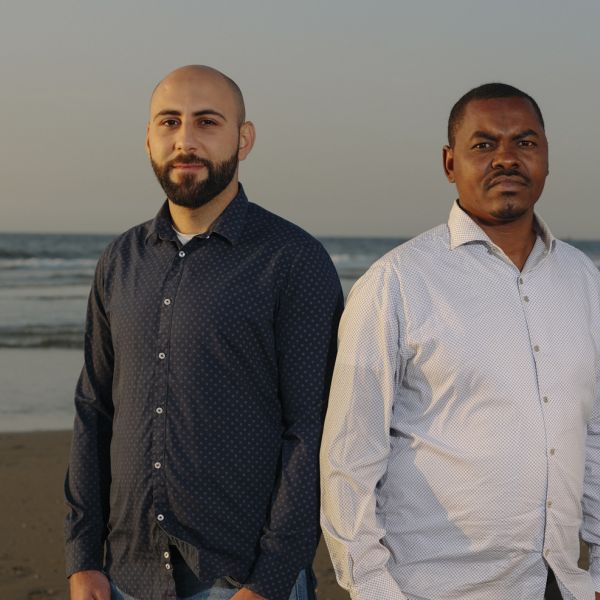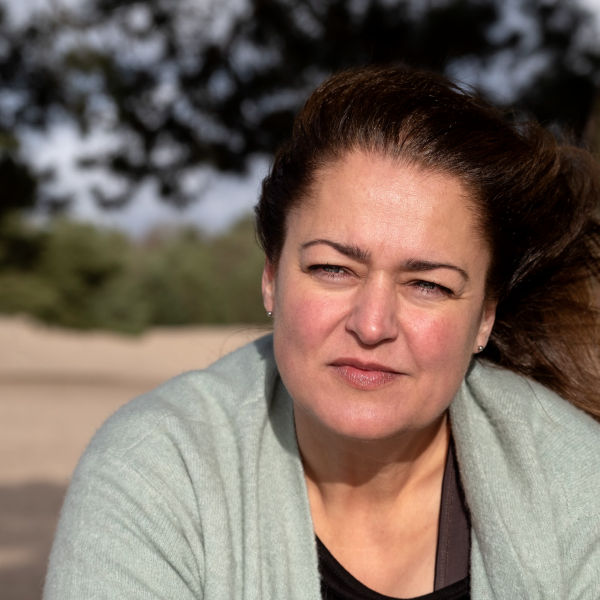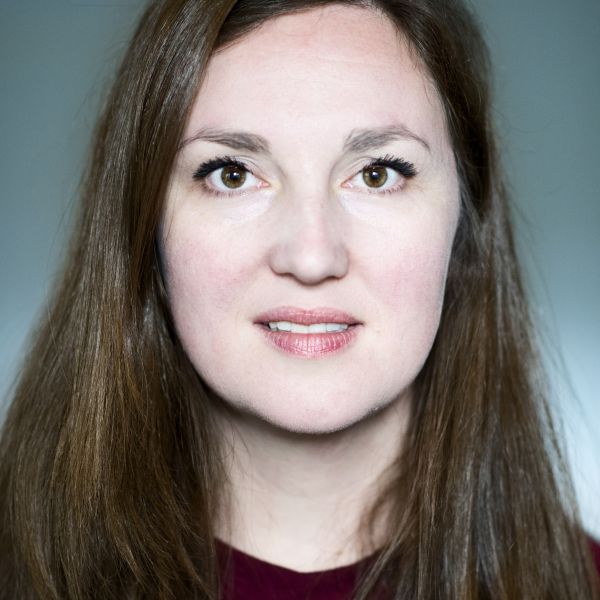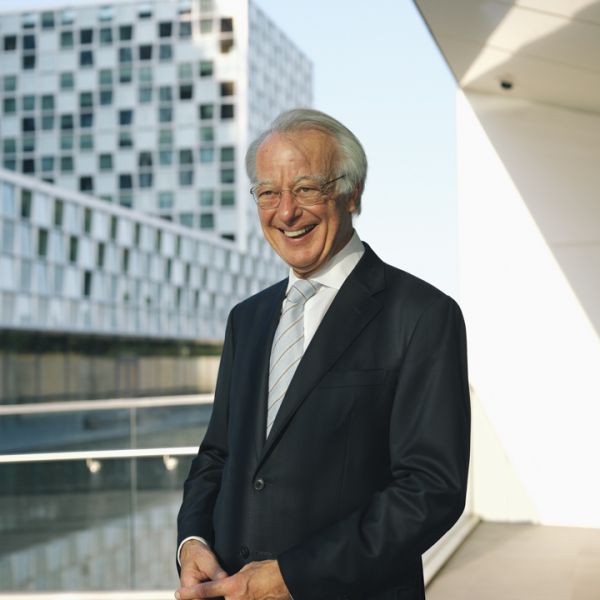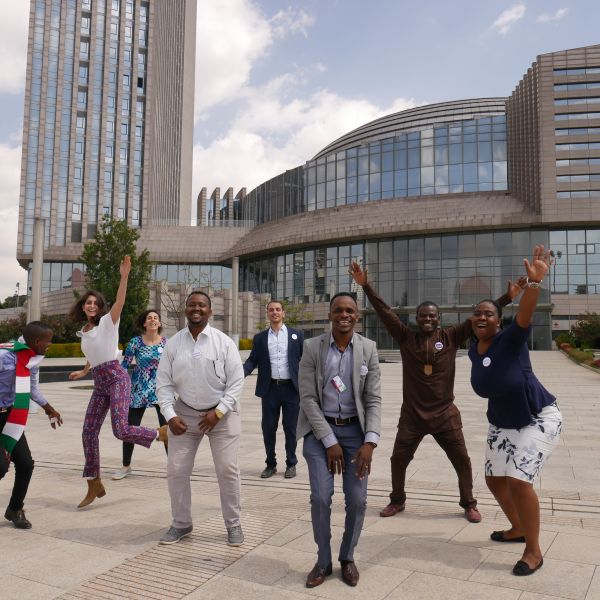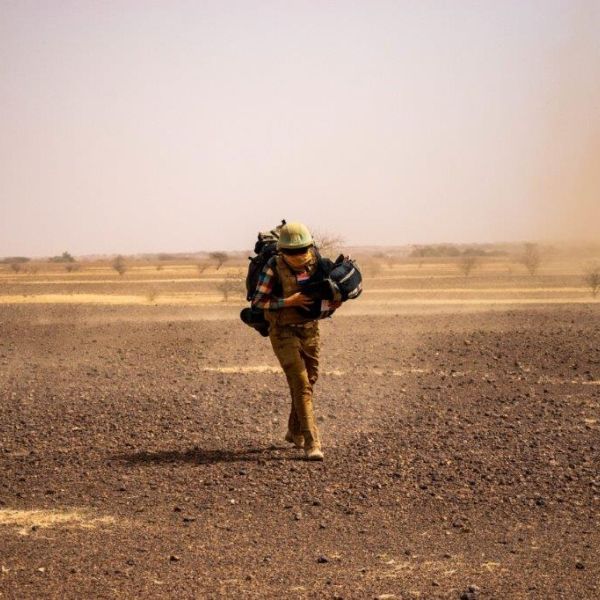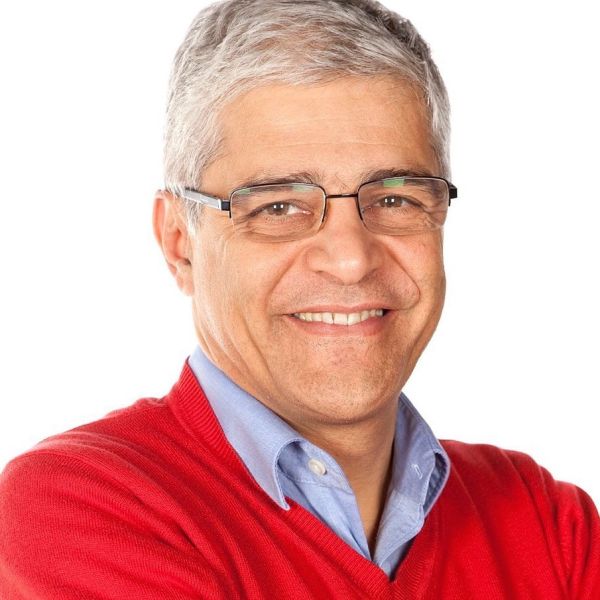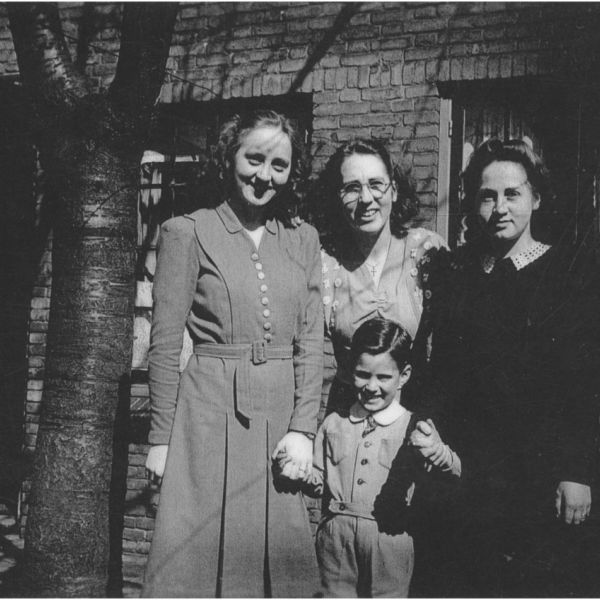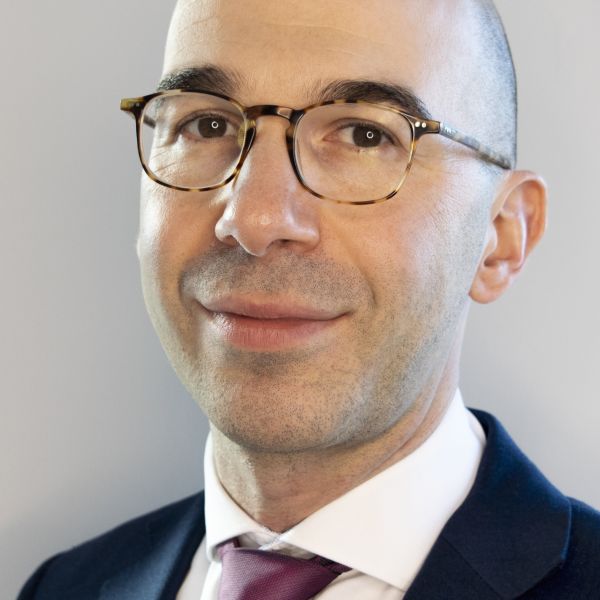75 years of UN in 75 stories: Zainab Osman
Zainab Osman (1974) was 16 when Siad Barre’s regime in Somalia fell in 1991. What should have been a liberation turned into a brutal civil war.
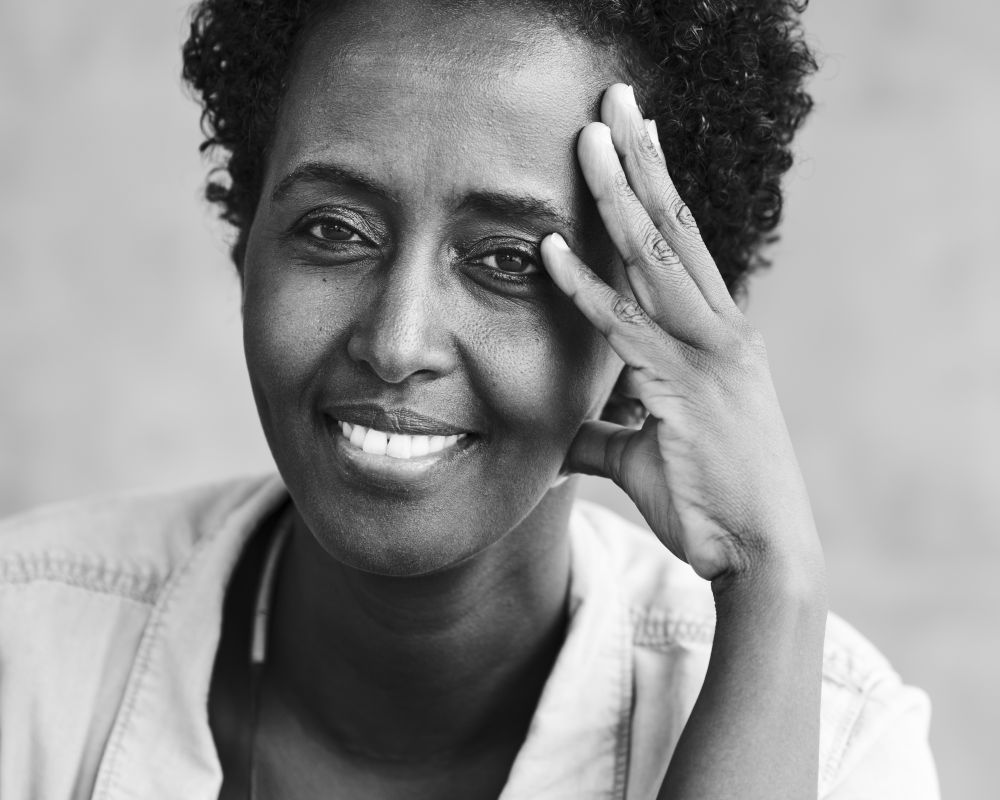
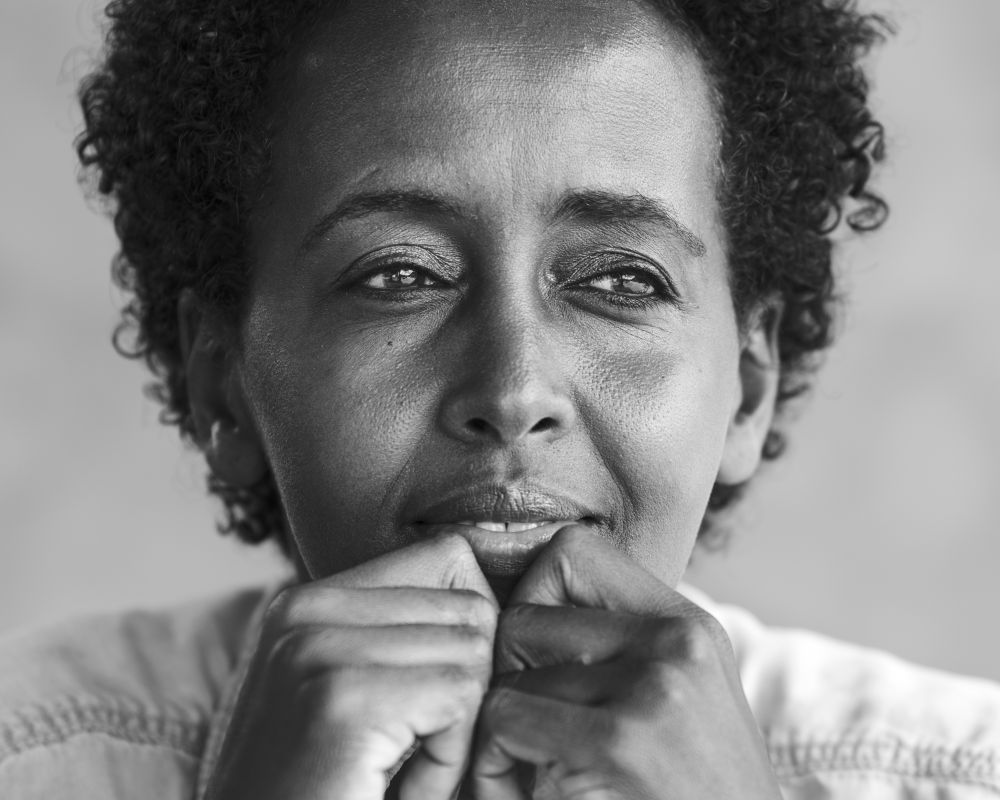
The political landscape in Somalia is strongly defined by a clan culture. After independence (1960), socialist leader Siad Barre seized control in a coup, gradually put an end to this culture, and established a leftist Islamic dictatorship. At the end of the 1970s, conflict between Somalia and Ethiopia flared up, boiling over into a protracted war. For years, the population of Somalia suffered not only from the horrors of war but, increasingly, from repression and persecution by the Barre regime.
After the war between Ethiopia and Somalia finally ended in 1988, the violence turned inwards. In the course of the civil war that followed, Baare was ousted. After years of war, food security had been an ever-present problem, and millions of Somalians were starving. The UN began sending missions, primarily humanitarian assistance and food aid, in the early 1990s.
After 1993 demilitarisation, infrastructure development and support in forming a government were the main goals of a new mission: UNOSOM-II. The UN troops were met with much aggression and violence. These years saw numerous atrocities committed, including by UN troops.
The American troops that the US provided to support the UN mission, under the name Operation Restore Hope, were a final attempt to restore peace to the region. After a period of violence targeting UN soldiers, aid workers and journalists, the US withdrew from Somalia. Operation Restore Hope had failed.
“It felt good to be helping instead of being a victim.”
“We’re free! we thought when Barre fled the country. We had hope again, hope for equal opportunity, for justice. For so long the people of Somalia were repressed, rounded up, tortured. But a silent resistance grew. Until the students stood up, and in their wake many more followed. ‘Now we’re free!’ I rejoiced. ‘I can go back to school!’
But the joy was short-lived. Somalia was ruled by the clans, and everyone started scrambling for power; very soon they were fighting each other and we were in the middle of a civil war. Homes were looted, people slaughtered in the street. It all came very close one day when part of my city was on fire. My mother suddenly cried out, right in the middle of breakfast, ‘We’re going! Now!’ We just grabbed some clothes and ran, straight out of Mogadishu. Out on the streets, people were running in all directions; I saw the desperation in their eyes. People lay wounded, or dead, on the side of the road.
“For the first time in my life, the word ‘solidarity’ took on meaning.”
And then there was the UN, with the Restore Hope peacekeeping mission. See, there are people who care about us after all, we thought; they didn’t forget us! For the first time in my life, the word ‘solidarity’ took on meaning. And I got a job in the hospital too, as an interpreter. It felt good to be helping instead of being a victim.
But alas, the negotiations fell apart. The UN troops left. We couldn’t believe it. Then the civil war started all over again, and in the end I fled on my own, to the Netherlands.
At the time I couldn’t understand why the UN was leaving. Looking back on it now, I understand better how complex such a mission is. And that sometimes there is nothing the UN can do but stand by and watch while innocent civilians become the casualties of war.”
Er is slechts één plek op aarde waar bijna alle landen van de wereld met elkaar aan tafel zitten: de Verenigde Naties. De VN richt zich op kwesties die de grenzen van landen overstijgen of zelfs de hele wereld aangaan, zoals vrede en veiligheid, klimaatverandering, onderwijs, gezondheid, cultureel erfgoed, economische ontwikkeling, en meer. Voor velen lijkt het werk van de VN erg abstract, maar door in gesprek te gaan met reddingswerkers, vredeshandhavers, hulpverleners, diplomaten, ooggetuigen, soldaten, en anderen die betrokken zijn bij de VN, wordt duidelijk hoe belangrijk het werk van deze organisatie is. Dit is precies wat het Humanity House heeft gedaan. Helaas heeft deze organisatie zijn deuren moeten sluiten, maar Just Peace en Museon-Omniversum hebben de handen ineengeslagen om hun verhalen te bewaren. Je kunt deze verhalen nu vinden op de website van Just Peace, en een deel ervan is ook opgenomen in een tentoonstelling over de VN in Museon-Omniversum.
De 75 Jaar VN Verhalen zijn verzameld en gecureerd door Frederiek Biemans voor Humanity House.

